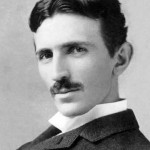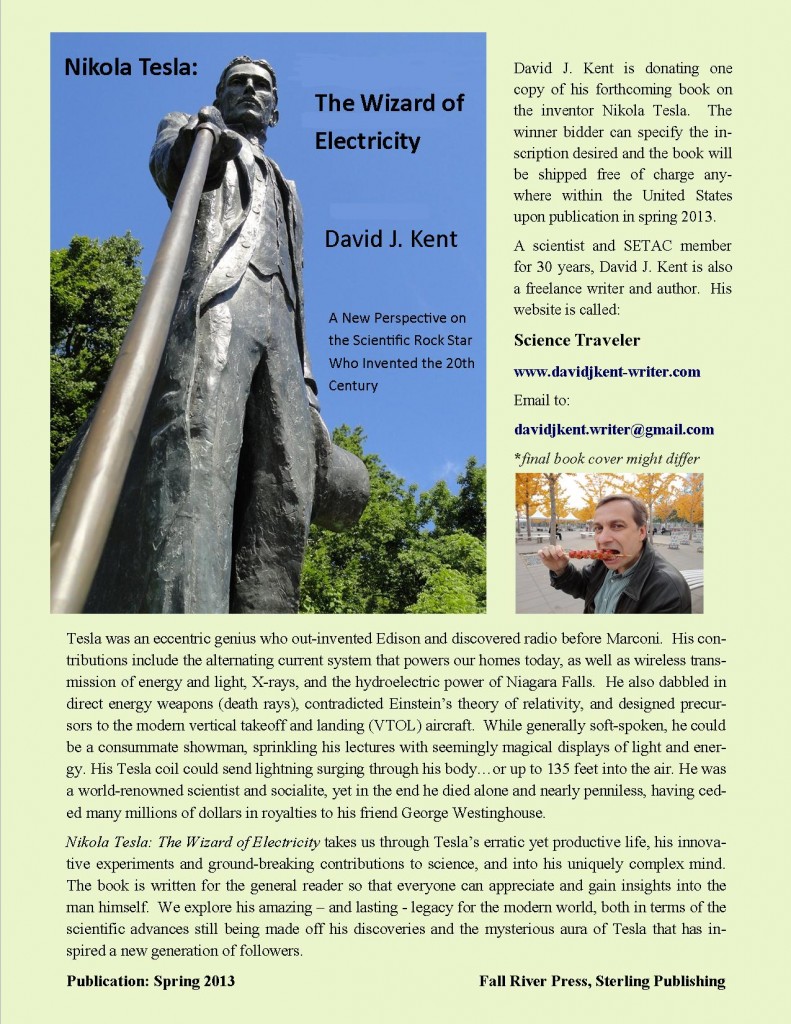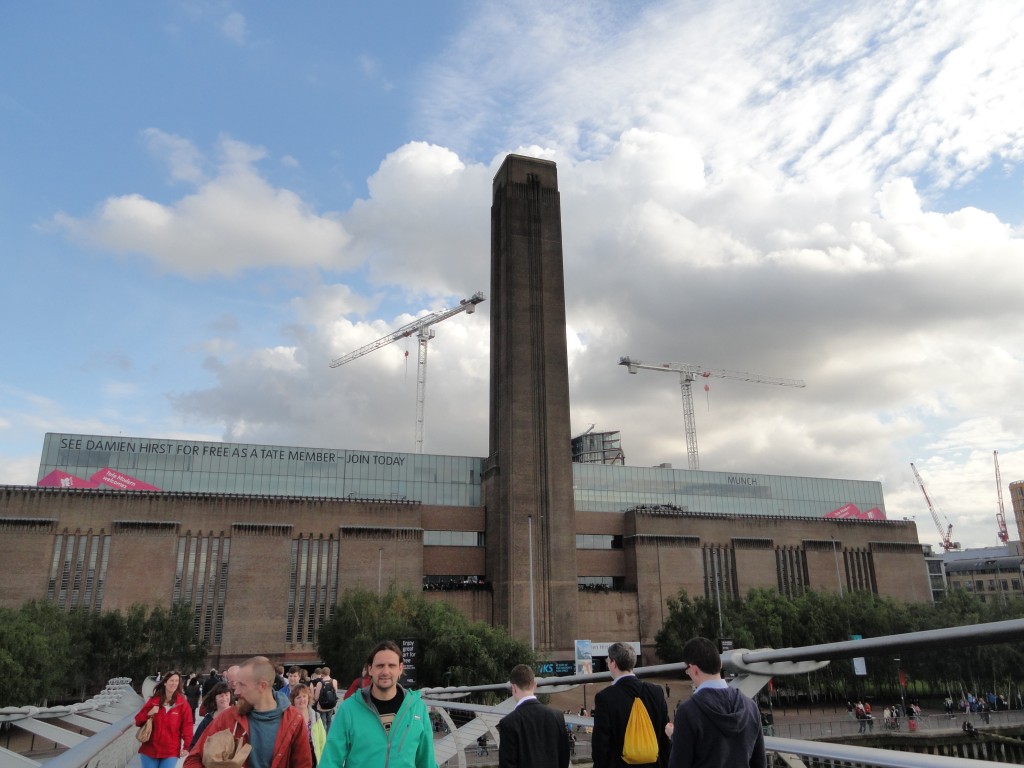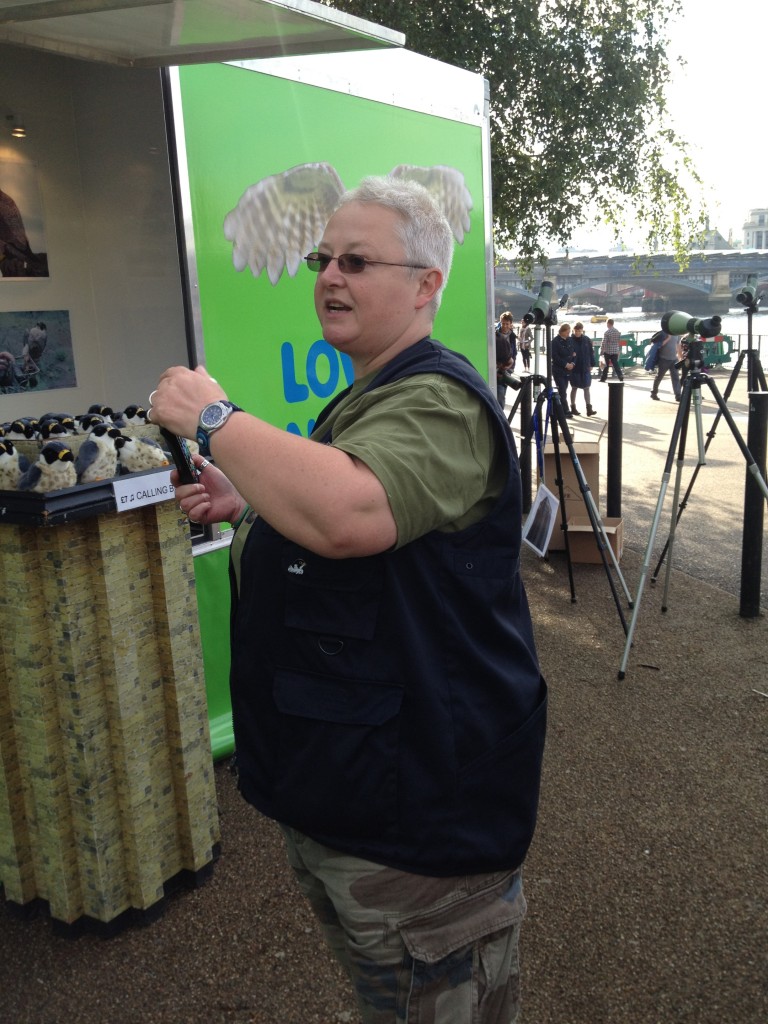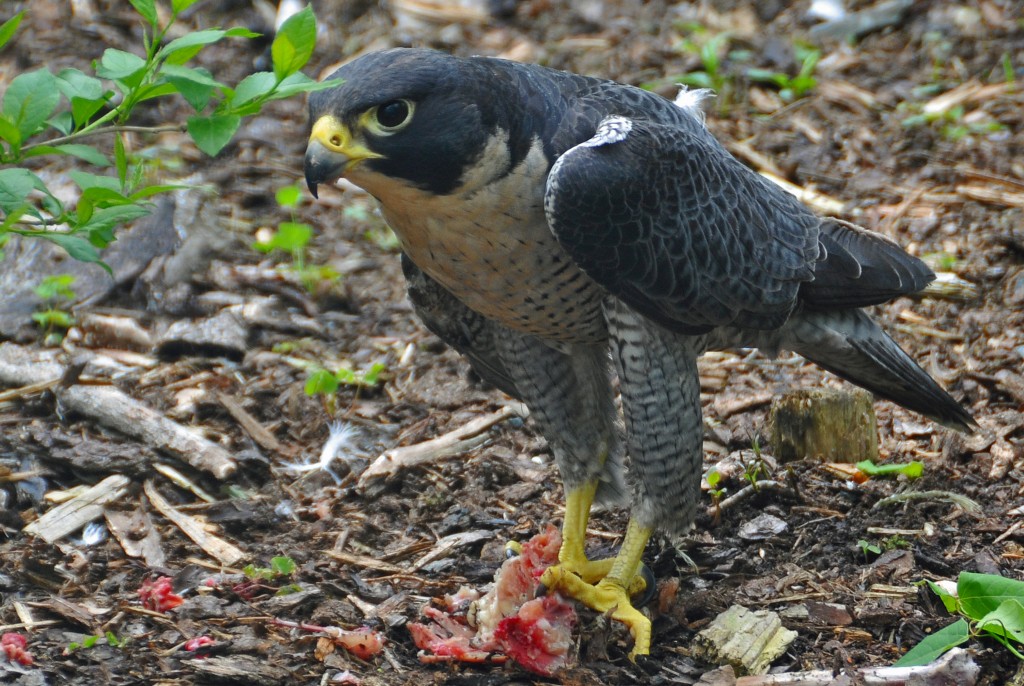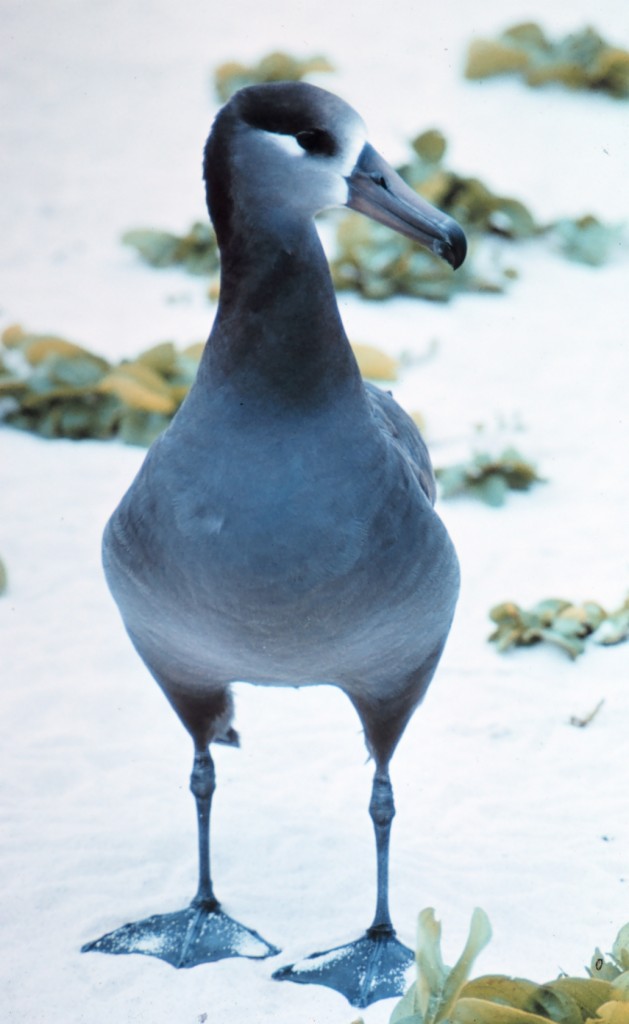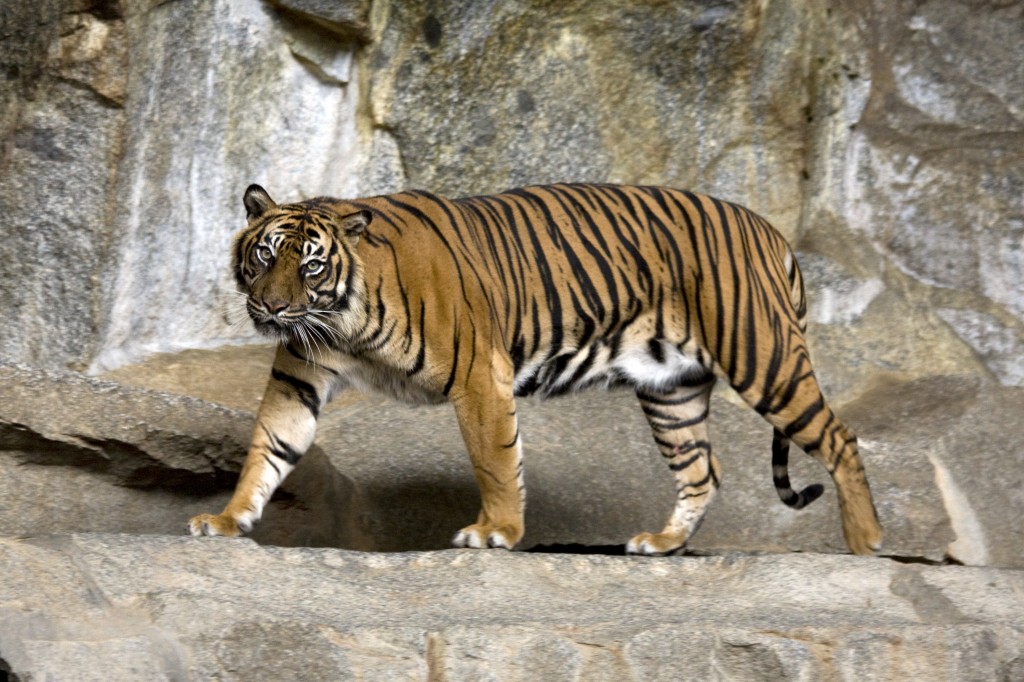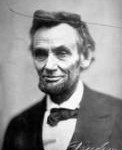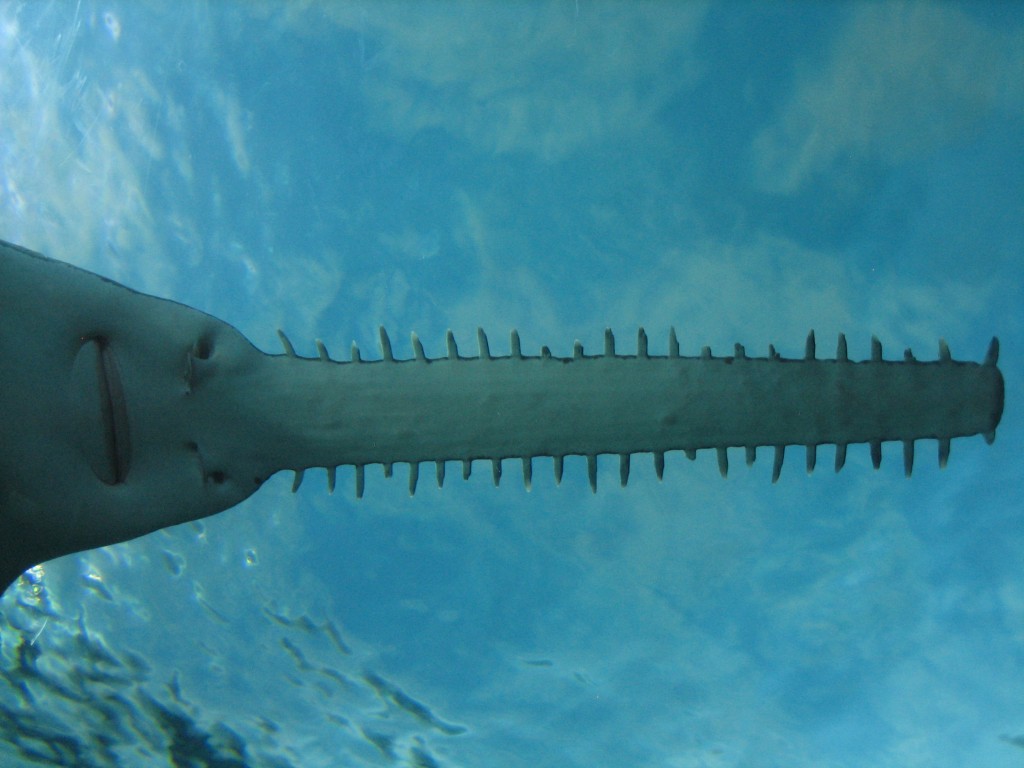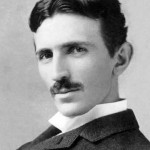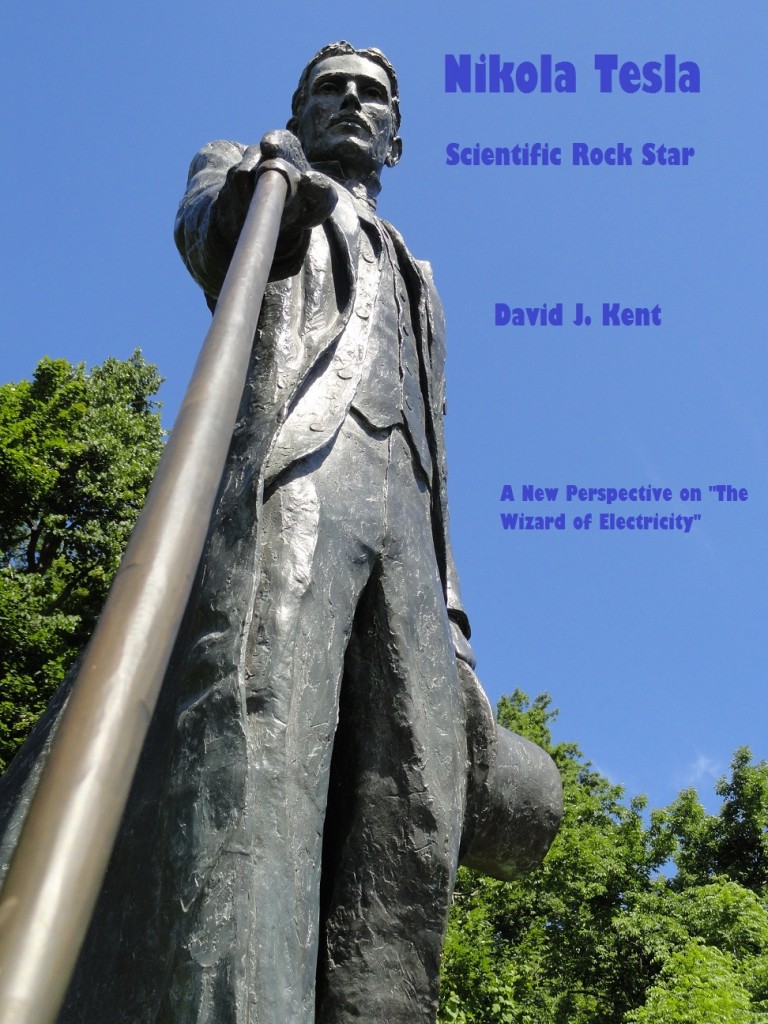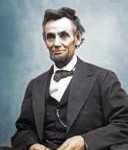 Of the estimated 15,000 or more books written about Abraham Lincoln, I have about 700 in my collection. As I do the research for my next book I have been reading some key tomes and came across a rather unique volume called The Immortal Autograph Letters…Lincolniana Collected by the Late Oliver R. Barrett.
Of the estimated 15,000 or more books written about Abraham Lincoln, I have about 700 in my collection. As I do the research for my next book I have been reading some key tomes and came across a rather unique volume called The Immortal Autograph Letters…Lincolniana Collected by the Late Oliver R. Barrett.
This is a truly amazing book, for two reasons that I will get to in a moment. The book is really the hard bound catalog of the public auction of the Oliver R. Barrett collection, a sale held in February 1952 by Parke-Bernet Galleries. While that may sound a little dry, I assure you the book offers a wealth of historical information that is both insightful and exciting.
Oliver R. Barrett amassed a private collection of Abraham Lincoln that was second to no one. After his death in the latter part of the first half of the 20th Century, a public auction was held of his collection. This hard bound version of the catalog documents every one of the 842 items sold. In the collection there are many documents, letters, manuscripts, portraits, personal relics, and a multitude of other “Lincolniana.” Many are handwritten letters by Lincoln himself, others are letters by Secretary of State Seward, various Generals and other key players in the Civil War, and friends. There are even letters from Confederate President Jefferson Davis, General Robert E. Lee, and others in the Confederacy. All of these documents, and associated photographs and relics, are presented and were sold in roughly chronological order, so one can read the summaries of each item and excerpts from important letters to experience the history of the 1850s leading up to Lincoln’s election, through the Civil War itself, and then the immediate reactions to Lincoln’s assassination.
The second feature that makes my particular copy of this book extraordinary is that one of the attendees of the auction has penciled in next to each and every item the sale price, and if known, the buyer. To see what collectors paid for each item is a wonderful insight into the value people put on Lincoln almost 100 years after his death. Most items sold for less than $100, but many sold in the hundreds to thousands of dollars. The highest price paid for any one item was $35,000 for a series of 14 letters from Lincoln to his best friend Joshua Fry Speed. The letters provide a rare insight into Lincoln’s personal feelings and friendships as Lincoln met Speed when he first moved to Springfield, Illinois to begin his law career and continued throughout his life.
The auction attendee has gone a step further and has at the end of the book written in pencil a table totaling the sale prices for each of the four sessions held over two days, and the grand total, which amounted to $273,632.50. Keep in mind that this was in 1952 and in current dollars would amount to many millions of dollars.
I am privileged to own this first edition annotated copy. I expected a rather dull list of items sold at auction, but what I found was an amazing insight into history.
More on my Abraham Lincoln page.
Don’t forget to subscribe to the posts by email on the home page. And feel free to “Like” my Facebook author’s page and connect on LinkedIn. Share with your friends with the buttons below.



